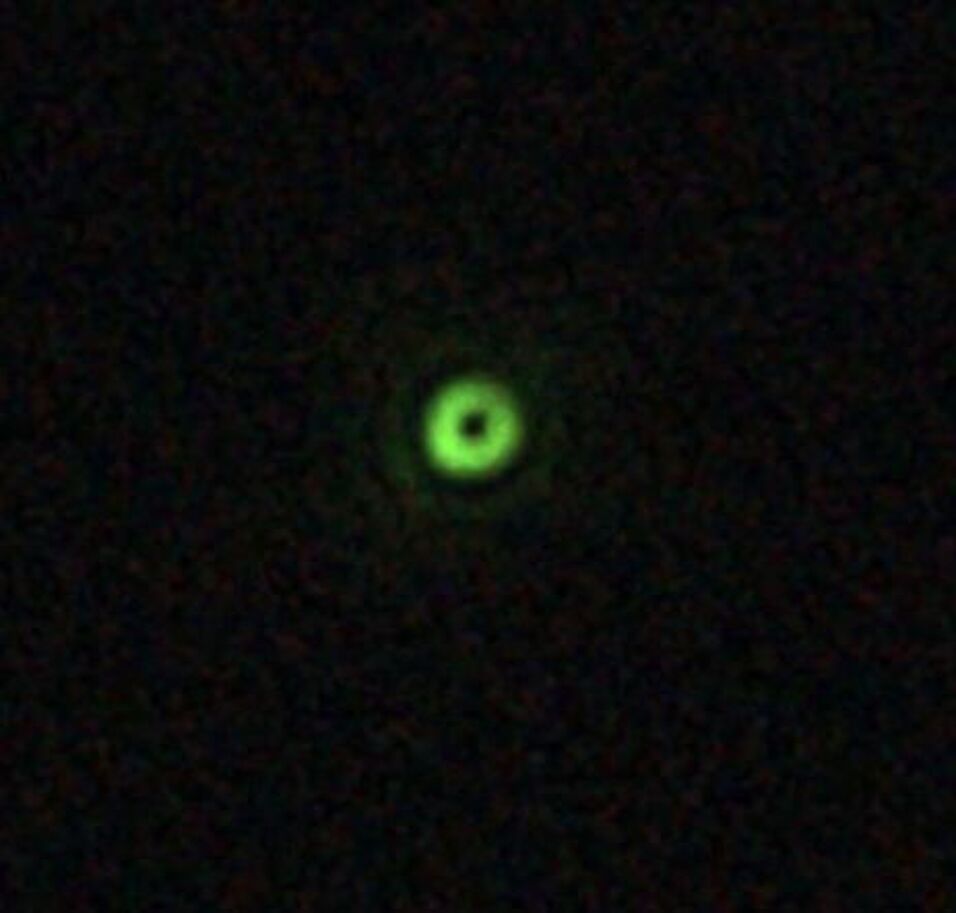This experiment builds on our recent realization of near-Heisenberg limited measurement of levitated silica nanoparticles, which allowed for real-time monitoring of the particle’s quantum trajectory and feedback stabilization in its motional quantum ground state (Magrini et al., Nature 2021). In this regime of operation, the optical measurement is dominated by quantum backaction, i.e. radiation-pressure-induced position fluctuations that generate correlations between the amplitude and phase quadratures of the scattered light. This results in (ponderomotive) optical squeezing, where the noise of a given field quadrature is below the vacuum level.
Thus far, the observation of this effect has required optical cavities to enhance both measurement strength and detection efficiency, often combined with cryogenic cooling to reduce thermal noise. Our experiment shows ponderomotive squeezing at room temperature and without an optical cavity. We use a heterodyne detection scheme to simultaneously record two orthogonal optical quadratures, thereby establishing optical quantum state tomography. At a measurement cooperativity of 1.8 and an overall detection efficiency of 0.11 we observe a maximum squeezing of approx. 9% without dark noise subtraction. Even though our heterodyne measurement strategy reduces the largest possible squeezing by a factor of 2 (since the measurement information is shared between both quadratures), it gives us access to the full optomechanical covariance matrix to search for quantum correlations between light and mechanics, and, in the long run, reveal entanglement of the mechanical oscillator with its measurement device, the light field.
Publication in Physical Review Letters:
Squeezed light from a levitated nanoparticle at room temperature
L. Magrini, V. A. Camarena-Chávez, C. Bach, A. Johnson, M. Aspelmeyer
Phys. Rev. Lett. 129, 053601 (2022) - arXiv-version

